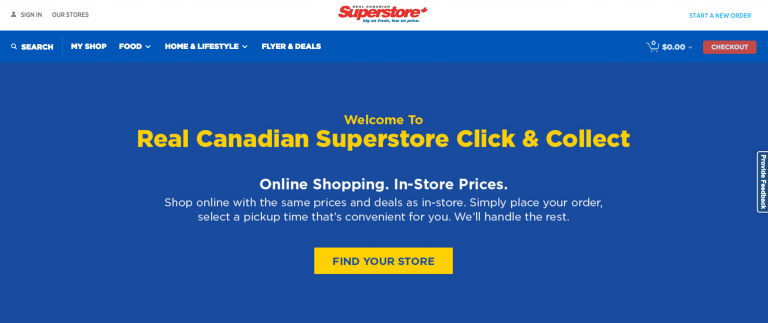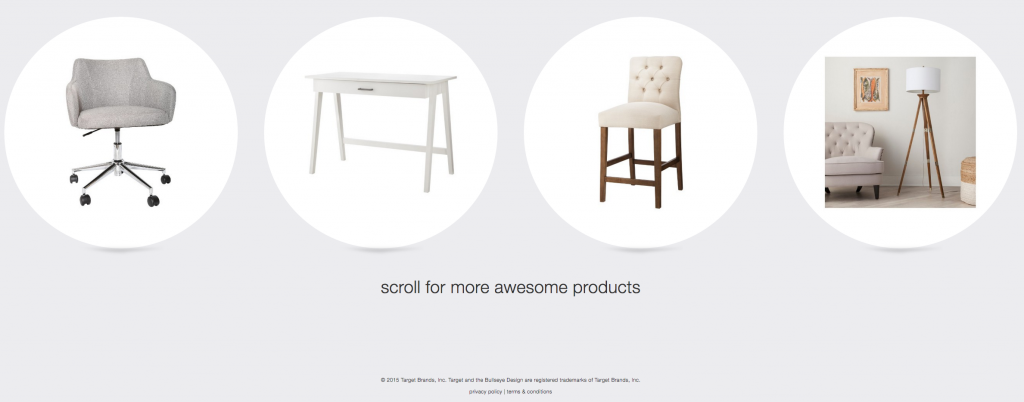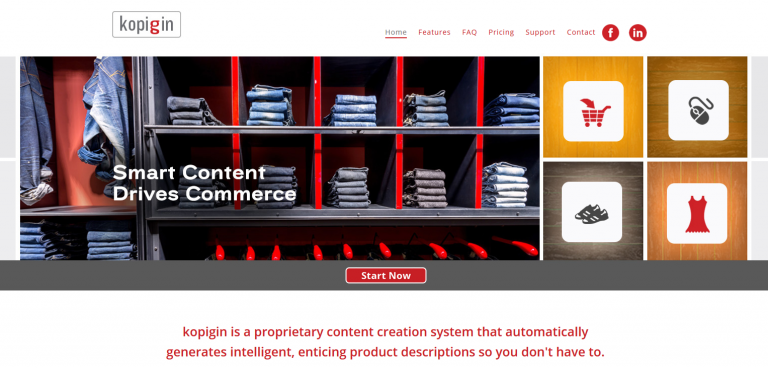

Let’s face it: we are now in a mobile-first world. From social media apps to eCommerce marketplaces, consumers are now using mobile devices as the primary tool to search for and purchase items. In fact, it is projected that worldwide, consumers will spend $669 billion USD via mobile shopping this year alone.
When it comes to creating content to fit mobile searchers’ screens, there are three main areas of focus: Written Content, Imagery and Web Design. Here are the top five tips for eCommerce mobile optimization within these three focus areas.
1. Written Content: Shorten your copy as much as possible
It is important to recognize the reading habits of those who consume information on their mobile devices, as well as how that information is presented by default. Long paragraphs of text appear even longer on a smartphone and therefore come across as time-consuming and cumbersome.
Optimize your written content for mobile devices by cutting your paragraphs wherever possible and leveraging bulleted lists to present product information to your shoppers. When creating content for mobile, give your consumers exactly what they need in the most succinct way possible. They’re likely on-the-go or looking for the first product that makes sense for their needs.
Want to learn more about how geekspeak’s content optimization? Click here.
2. Written Content: Leverage mobile-friendly keywords
A slightly more advanced method of optimizing your written content for a mobile audience is to perform specific keyword research that targets mobile users. Using a tool like Google’s Keyword Planner, you can actually see the search volume trends of keywords used on mobile devices as opposed to desktops.
Using this tool, it is possible to choose keywords that are linked with high mobile search volume, incorporating them into your text where relevant and in some cases, replacing lower volume keywords all together. Take this keyword research one step further by considering voice search. Consumers are increasingly searching for products via virtual assistants or voice-to-text technology, and the format of their keywords are therefore changing. For specifics, check out our last blog post on optimizing product content for voice search.
3. Imagery: Update infographics
Infographics are excellent tools for visually telling a product story and giving your shoppers a snapshot of product specifications, benefits, applications and more. Calling out multiple features on one image can work on a desktop, but it is important to think of how that same infographic will translate onto a smaller screen. Limit text on images and make sure that the copy is large enough to be easily read on mobile.
A good tip to follow is to focus each infographic on one major feature of your product, allowing you to place the focus on the most important specifications while highlighting them in a way that is visually appealing to a mobile shopper.
Learn about image processing here or reach out to discuss your specific infographic needs.
4. Imagery: Simplify photography
Taking the last point one step further, it is critical that you simplify all product images for mobile, not only your infographics. Product photography that features busy backgrounds, packaging with small text, or very small image sizes may not come across on mobile as they do on a desktop.
Make sure the most important features of your product are highlighted in photography by cropping wherever required, or ensuring your images are zoomable on a mobile device. The best practice in eCommerce is to present your product by itself on a plain, white background to avoid distractions. If you need to leverage graphic elements to call out features that get lost in a smaller image, don’t be afraid to do so (if they are simple and leverage readable text).


Click here to learn more about product photography by geekspeak.
5. Web Design: Keep user experience in mind
In addition to optimizing your product content, both written and visual, it is key that your website or product page leads to a positive experience for the mobile shopper. Responsive web design has become less of an option and more of a requirement, with search tools like Google giving ranking priority to websites who leverage mobile layouts. Your copy may feature the right keywords and content length and your images may be clear and simple, but if your page fits a desktop layout only, that content will get lost on the mobile shopper.
Mobile optimization is not a simple, one-step fix but taking the time to ensure your content is created for all shoppers and devices can mean the difference between a sale and a bounce.





























